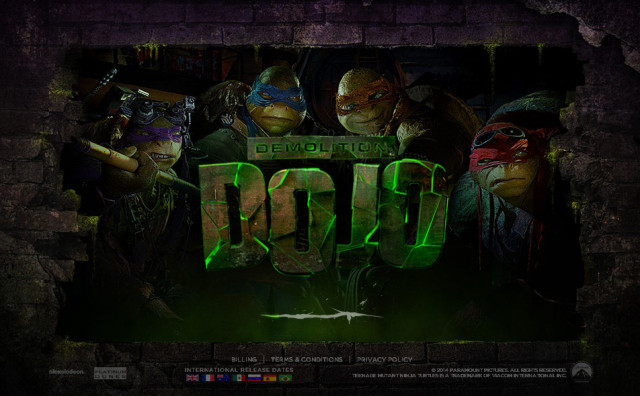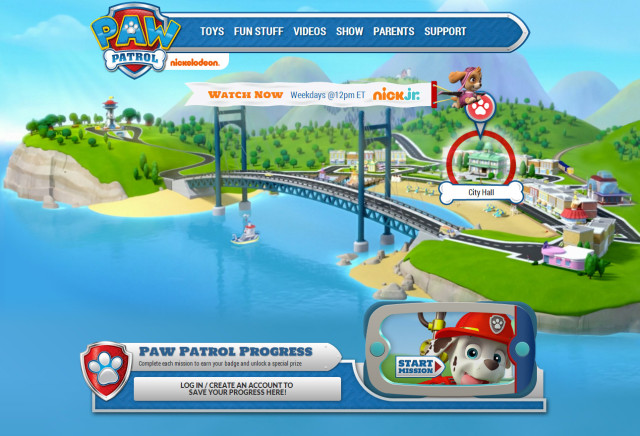Author Archive
-
Phaser Coding Tips 2
16th Jan 20152Phaser Coding Tips is a free weekly email – subscribe here.

Welcome!
Missed Issue 1? Read it before continuing. It contains Part 1 of the Tanks game.
I was really pleased with the reception the first issue received! It seems I wasn’t the only one looking for small and focused tutorials. In this issue we complete the tanks game, although there’s plenty of scope left for you to push it further. If you do so please share the end result!

Tanks – Part 2
In Part 1 we got the tank displayed and firing a single bullet at some targets. Now it’s time to make it a proper tanks game and add a landscape!

-
Phaser Coding Tips 1
10th Jan 2015Phaser Coding Tips is a free weekly email – subscribe here.

Welcome!
If you’re anything like me you probably write loads of code. From prototypes demonstrating a single mechanic to helper functions. And sometimes you might even finish a game 🙂
I started this series as a means to share code with you in an informal manner, one game dev to another. The aim is to build-up something over the course of a couple of weeks. Each chunk being easily digestible in a short period of time. It’s something I call “lunch break game dev”: in that you can read and experiment for yourself in under an hour (just try not to get crumbs in your keyboard.)
I’m not writing to any fixed agenda here. I fully expect this series to evolve. If something doesn’t work I’ll pull it, and I equally won’t be scared of trying new things. Maybe one week the code will be far too easy for you, another it might be the opposite. But hopefully in all cases it will spark some ideas for you to play with regardless.
Finally I’m not here to try and “sell” you anything. If I release a new book or plugin then I’ll probably write about it, but only because I’ll be so pleased at having achieved that! On the whole this is our place to write some code together, so please do leave feedback and ideas.
-
Phaser v2.1.3 and Pixi v2 are out!
23rd Oct 2014Over at Goodboy Digital they’ve been working away on Pixi v2 for some time now. As Phaser is built on-top of Pixi we’ve a vested interest in what is happening in Pixi land and its implications for Phaser. And Pixi v2 is their latest, freshest release.
There’s a detailed blog post explaining all about it, but the headliners include:
- Full High DPI canvas support
- iOS8 WebGL fixes
- Improved rendering performance across the board
- Significant updates to the Graphics class
- Sprite level shaders & more!
There have been a few Pixi API changes to accommodate all of this, but we’ve been able to blend all of these features into Phaser with no changes to our API, so nothing should ‘break’ if upgrading from an earlier build. Instead you just get to reap the benefits 🙂
As well as changes to Pixi there are also Phaser specific updates and fixes in this release, including little gems like Sound.fadeTo, BitmapData.getFirstPixel, BitmapData.getBounds, Rectangle.scale and more. See the change log for full details.
As usual you can grab the latest build of Phaser from github.
-
Welcome to the DarkForge – An archive of all my old DarkBASIC code
17th Sep 2014
Back in 1999 I started using a language called DarkBASIC. As its name implies it was a version of the BASIC language sitting on top of DirectX and pimped out with lots of great 2D and 3D features. Coding in DarkBASIC looked something like this:
make object sphere a,50 texture object a,1 scale object a,x,y,z position object a,6*a,20,-15 point object a,20,30,20
As you can see, it’s easy to read and understand. And honestly, it was great fun! I was utterly hooked.
At the time nothing much really existed on the PC for easy game making. Sure, there were some “click and drag” style tools. But if you wanted to code in anything other than C++ your options were limited to say the least. And if you wanted to use a language that was specifically for making games, your options were even smaller.
The big two of the day were DarkBASIC, created by Dark Basic Software (who later renamed to The Game Creators), and Blitz Basic, created by Blitz Research. Both companies are still going today, but back then the competition between them and their users was fierce! To be fair, Blitz had the upper hand both in the elegance of its language and performance, having been born from the equally powerful Blitz Basic on the Amiga. Where as DarkBASIC was more like AMOS from the Amiga, both in its syntax, ease of use and style of marketing. This was no mistake as the founders of Dark Basic Software worked at Europress and were instrumental in the publishing of AMOS. As a result, DarkBASIC utterly thrived.
-
Phaser goes to the movies
11th Aug 2014
We always love seeing the games created with Phaser and this month we’ve a number of film and TV related tie-ins. First up is Demolition Dojo, created by Ignition Creative for the new Teenage Mutant Ninja Turtles film. Pick from one of the four turtles and smack down some ninjas while avoiding the little old ladies 🙂

Next up is the game Clean up on Aisle Rufus for the Warner Bros. film Dolphin Tale 2. Created by Portland based TheFlock you have to save the fish from the hungry bird!

Finally one for pre-school children is the new Paw Patrol web site for Nickelodean. The site features 6 different games, from Find the Bunnies to Fix the Bridge, each of them fun for younger children and fans of the show.
It’s always great to see what sort of games Phaser is being used for. So if your agency has used it for a project please send us a tweet and let us know.
Hire Us
All about Photon Storm and our
HTML5 game development services
Recent Posts
OurGames
Filter our Content
- ActionScript3
- Art
- Cool Links
- Demoscene
- Flash Game Dev Tips
- Game Development
- Gaming
- Geek Shopping
- HTML5
- In the Media
- Phaser
- Phaser 3
- Projects
Brain Food




